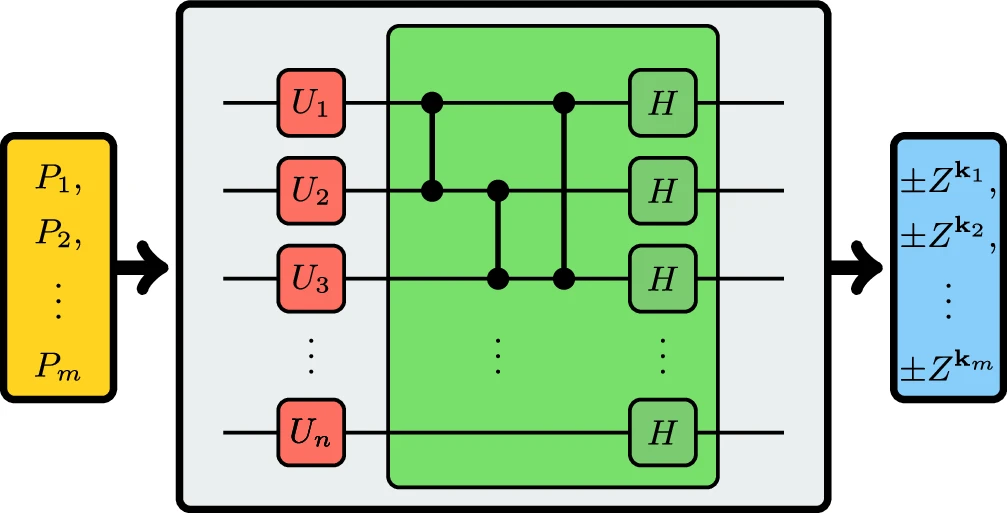Quantum dots are normally made in industrial settings with high temperatures and toxic, expensive solvents — a process that is neither economical nor environmentally friendly. But Hecht Lab researchers at Princeton University have now pulled off the process at the bench using water as a solvent, making a stable end-product at room temperature. Their work opens the door to making nanomaterials in a more sustainable way by demonstrating that protein sequences not derived from nature can be used to synthesize functional materials.
They discovered the first known de novo protein that catalyzes, or drives, the synthesis of quantum dots. Quantum dots are fluorescent nanocrystals used in electronic applications from LED screens to solar panels.
Their work opens the door to making nanomaterials in a more sustainable way by demonstrating that protein sequences not derived from nature can be used to synthesize functional materials — with pronounced benefits to the environment.
The team’s process can also tune nanoparticle size, which determines the color quantum dots glow, or fluoresce, in. That holds possibilities for tagging molecules within a biological system, like staining cancer cells in vivo.
Based on work done by Sarangan Chari, Hecht Lab senior chemist and a corresponding author, the team used a de novo protein it designed named ConK to catalyze the reaction. Researchers first isolated ConK in 2016 from a large combinatorial library of proteins. It’s still made of natural amino acids, but it qualifies as “de novo” because its sequence doesn’t have any similarity to a natural protein.
Researchers found that ConK enabled the survival of E. coli in otherwise toxic concentrations of copper, suggesting it might be useful for metal binding and sequestration. The quantum dots used in this research are made out of cadmium sulfide. Cadmium is a metal, so researchers wondered if ConK could be used to synthesize quantum dots.
The research, “A de novo protein catalyzes the synthesis of semiconductor quantum dots,” was published in the Proceedings of the National Academy of Sciences (PNAS).
Reference : Leah C. Spangler, Yueyu Yao , Guangming Cheng, Nan Yao, Sarangan L. Chari, Gregory D. Scholes and Michael H. Hecht. A de novo protein catalyzes the synthesis of semiconductor quantum dots. PNAS, 2022 DOI: 10.1073/pnas.2204050119



